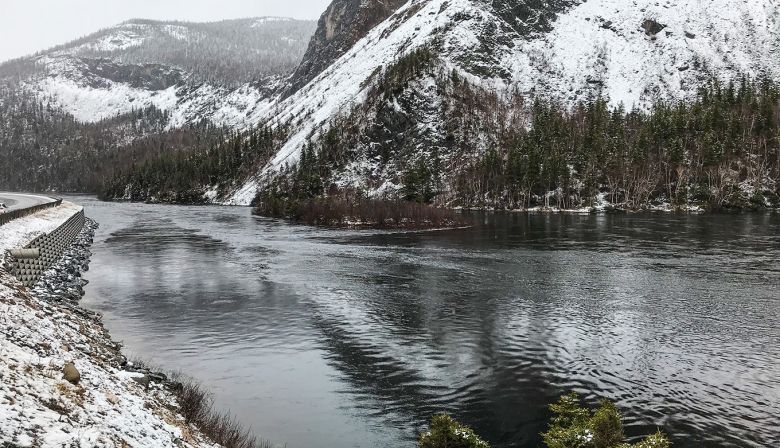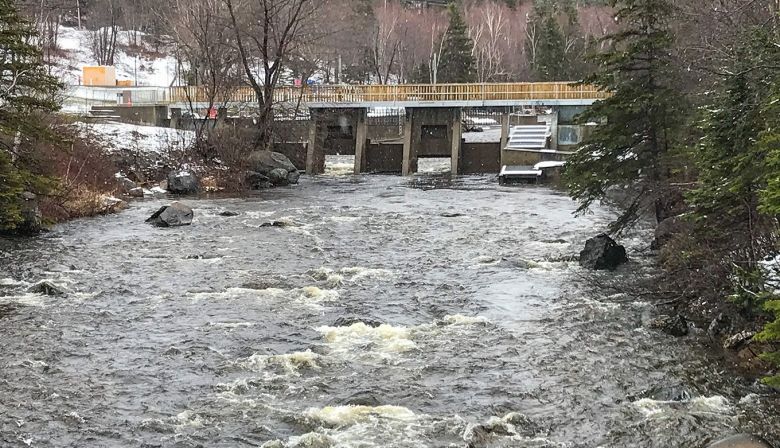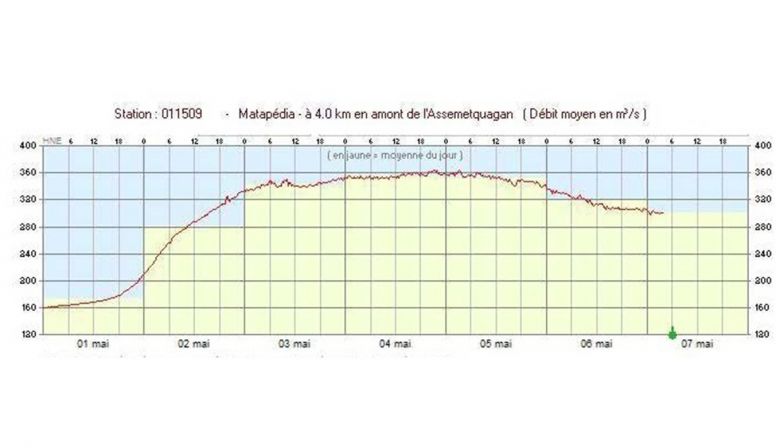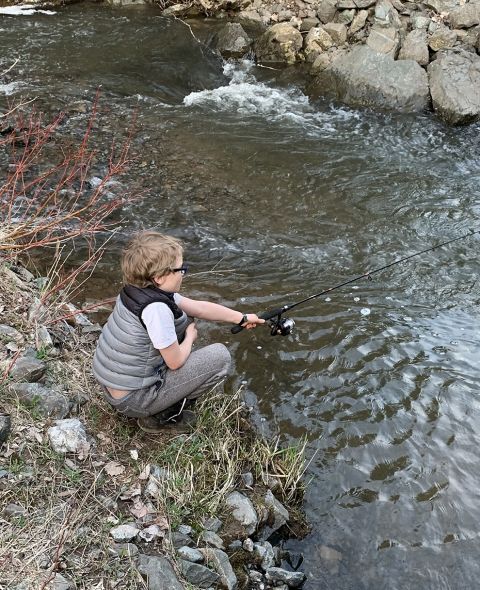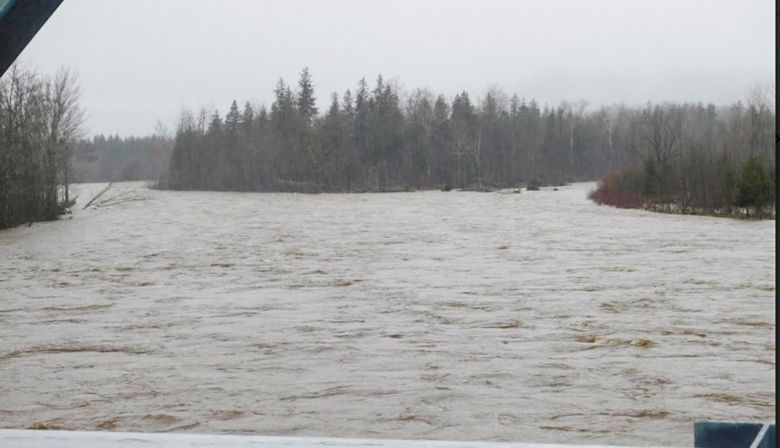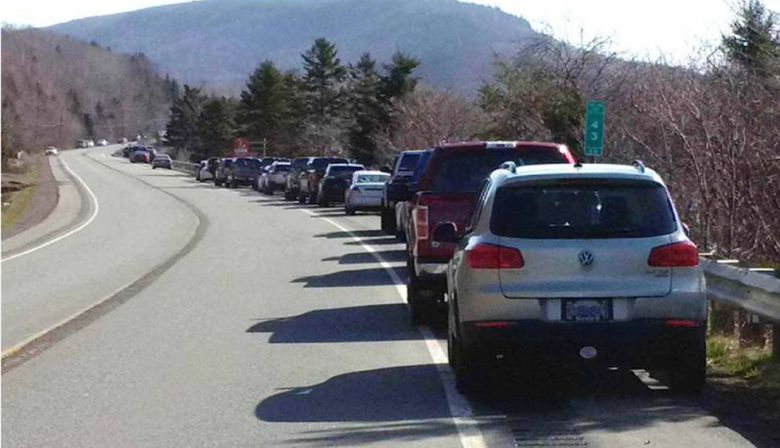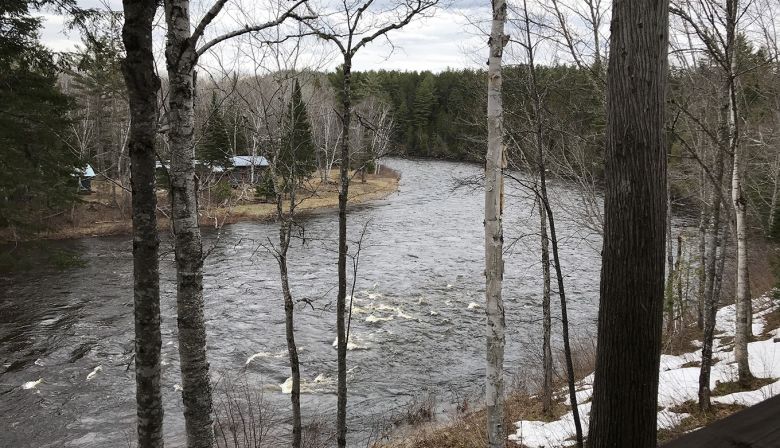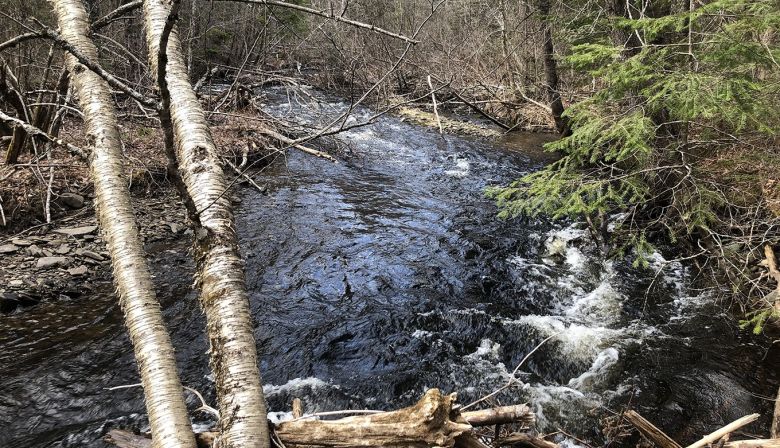YEAR OF THE RESIDENT ANGLER?
The pursuit of wild Atlantic salmon brings thousands of anglers from around the world into Eastern Canada every year,
contributing tens of millions of dollars to local economies.
Yet as of May 8th, Canada has banned non-essential travel to and from the United States, and anyone entering the country for any reason must self-isolate for 14-days. Camps, clubs, and outfitters are scrambling.
In the salmon world, 2020 may be remembered as the year of the resident angler. But it’s early yet and conditions are improving in some places. Let’s hope in the months to come friends from away can join locals on the river, relax, and share the experience of living though an extraordinary time.
In this week’s RiverNotes we bring you the latest on season announcements and angling conditions from around the Atlantic salmon world.
And don’t forget to check out this week’s In the Field blog by ASF’s Executive Director of U.S. Programs John Burrows, on the surprising Sandy River in Western Maine
ASF RESEARCH UPDATE – OFF TO THE RACES
With the disease situation improving in New Brunswick, ASF and our partners at the Miramichi Salmon Association have begun the work of installing smolt wheels and to capture and tag out-migrating juvenile salmon on the Northwest and Southwest branches of the watershed.
Receivers are also being deployed throughout the river system and in Miramichi Bay.
Working in pairs from the same household and respecting social distancing with others, ASF and MSA staff will tend the equipment at alternating times.
Just days ago, it was uncertain whether tagging work would proceed in 2020, threatening to break the longest data series on wild Atlantic salmon migration in the world.
Look for a full research update with pictures in next week’s RiverNotes
NEWFOUNDLAND AND LABRADOR
